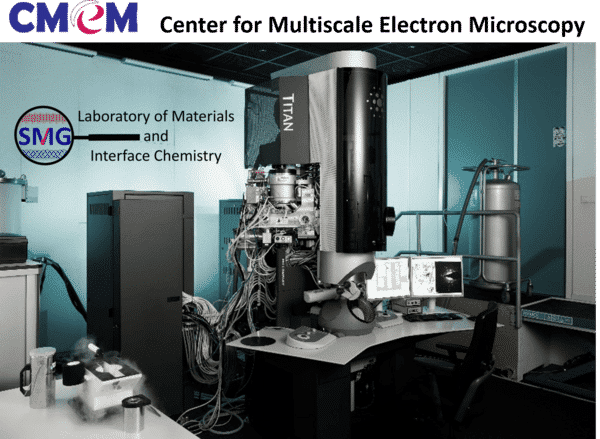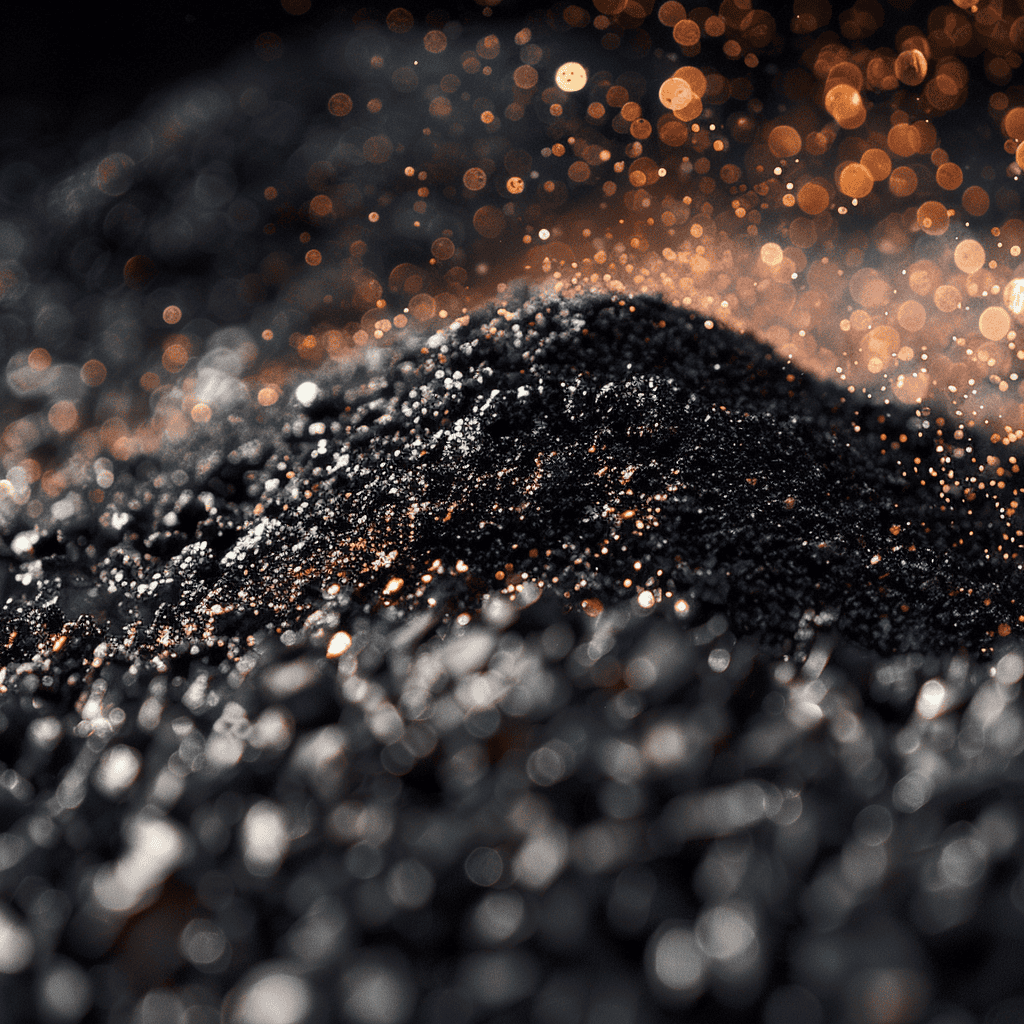
For the first time ever a team of researchers from Eindhoven University of Technology (TU/e), working with others at the Flemish Institute for Biotechnology, the Vrije Universiteit Brussel and the Université Grenobles Alpes, have managed to control the process by which protein crystals are formed. The team believe it holds great promise, especially for future medical applications and research.
Protein crystals are formed when individual protein molecules become packed together in tight groups. These groups, also known as ‘polymorphs’, have characteristics useful for medical or research applications, depending on their exact chemical properties. Some (such as Insulin) dissolve at well-defined rates and so are used to deliver drugs throughout the body. Others are able to diffract X-rays, making them very useful bio-markers in 3D-imaging of biological structures. The problem is that until now, no one has been sure of how the process of crystal formation works, making the design of custom protein crystals for medical purposes extremely challenging.
Using TU/e’s state-of-the-art CryoTEM electron microscope however, the researchers were able to cryogenically freeze proteins at the moment of crystallization, in order to study how the process works. Their hopes now are that knowledge gained through this technique can be used to build protein crystals by design in future. “We now know what to learn and look for in CryoTEM experiments,” said Eindhoven researcher Heiner Friedrich. “Instead of doing trial and error, it will be possible to guide the crystallization process to the polymorph with the right characteristics you need for [3D] structure determination or developing new medical applications.”
Photo: Bart van Overbeeke







